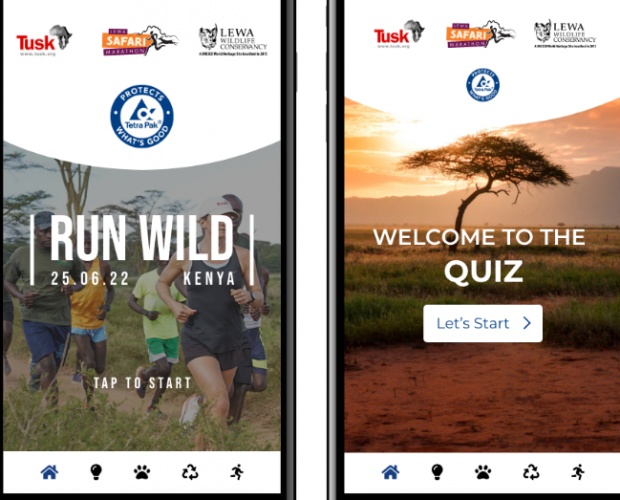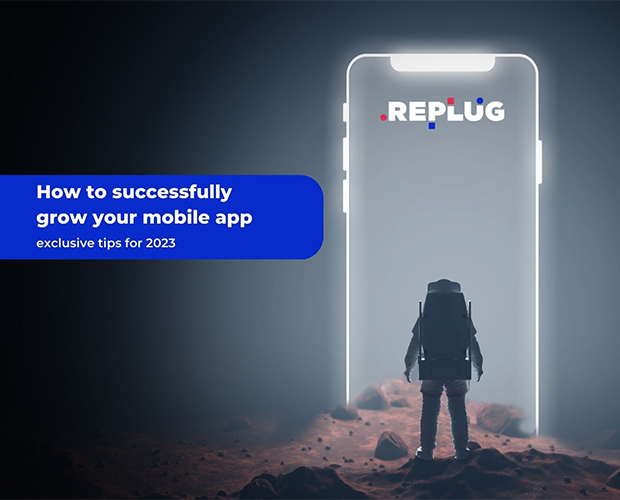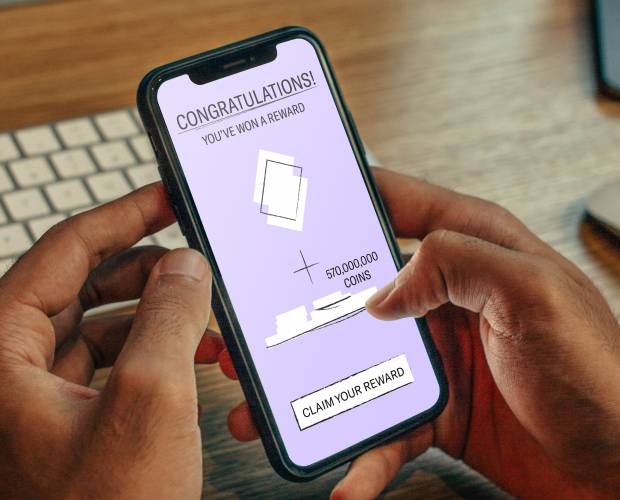Alon Barnea, General Manager of Radvision's mobile business, argues that video could be the light at the end of the 3G tunnel
Its hardly a secret that 3G video hasnt lived up to its original
promise. Whats more, the industry is now running out of excuses like
lack of availability of 3G phones or service. Weve all heard talk of
the long awaited killer application that failed to materialise, so what
if anything can pull us out of the doom and gloom now surrounding
the future of 3G?
My belief is that there is light, and even
video, at the end of this particularly murky tunnel. Whats more, I
think there are a few reasons to be cheerful about the prospects for 3G
video and 3G in general. One of them is the advent of interactive,
real-time video applications. Current 3G video offerings have not found
a real following. Even last years World Cup failed to really set the
Mobile TV market on fire in the way the industry had hoped. Part of the
problem with this was that the delay in sending goal clips meant that
they werent happening in real time. The use of video on mobile is a
very different medium to the TV in your lounge. People expect a
different experience from it - fast food on the go rather than a sit
down full four-course meal. It should be a dialogue that engages and
involves the user, and can inform or entertain and be adapted to each
individuals interests and needs at a given context.
An example of just such an interactive application has been launched by
3 in Austria. It allows skiers to dial in to receive a live video
feed of many of the countrys leading ski slopes using data from CCTV
cameras on the slopes themselves. The key to its success is the fact
that they can access the information while on the move - in the car or
at the airport, for example - and get the actual real time images of
the slopes, enabling real-time decision-making.
Video communities
Another new capability for 3G video that will enhance the mobile
experience is the ability to engage in a real-time dialogue, with
multiple users creating video communities. But in order for video
telephony to come of age, it needs to be more than recorded content on
a small screen. It needs to build on the very nature of the mobile
medium and allow individuals to communicate and share their experiences
while on the move. At the very heart of the mobile experience is the
fact that we are used to compromising on the quality and size of the
screen in return for mobility and timeliness of the medium. The mobile
applications of the future will need to embrace this mobility and find
ways of allowing people to share whats happening to them at any given
time with a group of friends, family or video community. One such
example that has been launched by Orange Israel has enabled 3G users to
engage in a nationwide Internet blog, making it like a reality TV show
that is broadcast via the Internet. Anyone with a 3G phone out and
about can broadcast live whats happening to and around them whether
its a concert or a sporting event, or a chance encounter with someone
famous whatever is happening to you while youre out and about can be
seen live by anyone logged on the Tapuz.co.il website. The success of
the service has been phenomenal, and its an example of the future of
video applications and of what is possible by mixing the ubiquity of
the Internet with mobility.
Which brings me to my next point: the problem with critical mass. Its
all very well having these wonderful rich, interactive, bi-directional
video capabilities, but if too many of the people you want to
communicate with dont have 3G you have a problem. Its like the early
days of the fax machine; the idea of owning a fax machine was great,
but meaningless until there was the critical mass of fax machines to
make them useful. So how can 3G escape from the straitjacket imposed by
the fact that only one in ten people own a 3G phone? The answer is
simple - tap into the proliferation of PCs out there. The fact that we
can now provide the capability to turn, for the sake of video calls,
your PC into a 3G-like device will dramatically change the end
game. Imagine the appeal for business travellers away from their
friends and family, to be able to dial a number from their 3G phone and
be connected to a PC for a live video call. It may not be that
compelling a proposition to see your business associates on the phone,
but a two-way visual experience with your nearest and dearest is
something that I personally am more than happy to pay for.
Last but not least, I believe that today it might still be worth
offering many of the new video services using dialling as a preferred
user interface. Not only is dialling the most natural user interface
over mobile devices, but the guaranteed quality and fast interactive
response enable it to be a real delight, which overcomes some of the
current hesitations and limitations of surfing & streaming over
mobile devices.
The mobile industry is adept at waiting for the next big thing. IMS and
HSDPA are the gods the industry appears to be worshipping of late. But,
why wait until the next technology is mature when new compelling
interactive video experiences are available and working today? Keeping
the options open to migrate to new platforms as they become available
is a good thing, but there are operators and mobile developers out
there today who have realised that the time is now, and that we can
build on capabilities for 3G which are available today all we need is
a little imagination to develop applications that are truly compelling
to grab the attention of mobile users and tempt the video virgins to
sample the delights of this compelling new visual medium.
.png)






